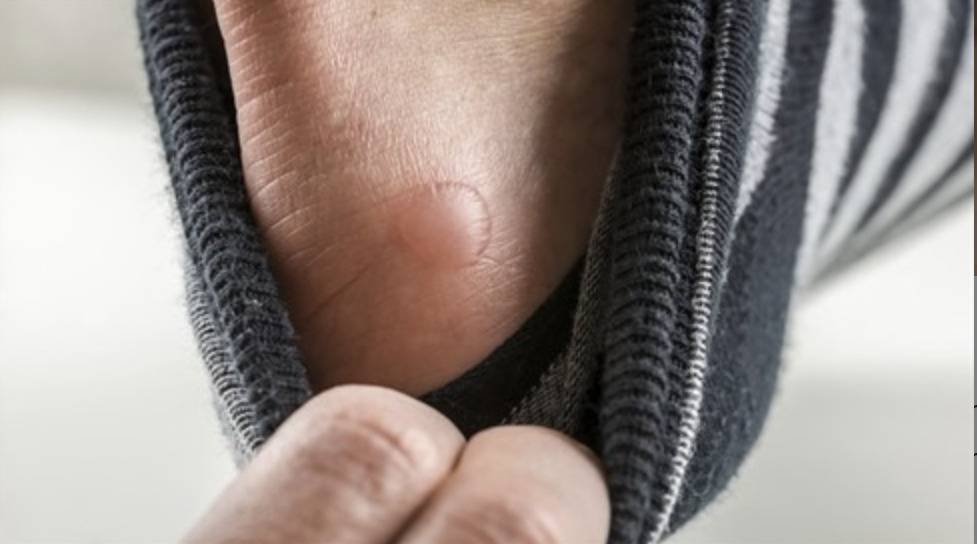What are blisters? What are the causes and how can we prevent them?
A blister is a small pocket of fluid in the upper skin layers and is a common response to injury or friction. The feet are particularly prone to blisters. Ill-fitting shoes or friction can damage the skin, and a blister forms to cushion the area from further damage as it heals.
Depending on the cause and location, a blister can range from the size of a pinprick to three centimetres or more in diameter. A blood blister is usually caused by a severe pinch or bruise to the skin that breaks the tiny blood vessels (capillaries).
If a blister does occur, do not pop it. Cut a hole in a piece of foam or felt to form a doughnut over the blister. Tape the foam or felt in place or cover with a soft gel-type dressing. Treat an open blister with mild soap and water, apply an antiseptic ointment and cover with a protective soft gel dressing to prevent infection and speed up the healing process.
Prevention of blisters
Blister prevention strategies include:
- Wear properly fitted shoes.
- Choose moisture-wicking socks (socks that draw sweat away from your feet) or change socks twice daily if you have sweaty feet, as wet socks cause friction and rubbing.
- Wear ‘sports socks’ when exercising or playing sports.
- If you become aware of a localised ‘hot’ area on your foot, stop your sport and tape the area immediately.
- Apply a foot spray deodorant to reduce sweating and the risk of fungal infection.
- Change damp socks promptly, as wet socks can drag against the skin.
- Wear heavy-duty work gloves when using tools such as shovels or picks.
- Protect yourself against sunburn with clothing, hats and sunscreen lotions.
- Avoid unnecessary skin contact with chemicals.
- Be careful when dealing with steam, flames or objects that radiate heat (such as electric stovetops).
If the blister becomes excessively painful, there is redness and swelling, with or without a yellow or green discharge, it might be infected and you should seek immediate medical care.
One of our podiatrist can assist and help what treatment options are best for you. ✅
Schedule an appointment here or you may call us at 44 (0) 207 101 4000. 📞
We hope you have a feetastic day! 👣☀️
-The Chelsea Clinic and Team




